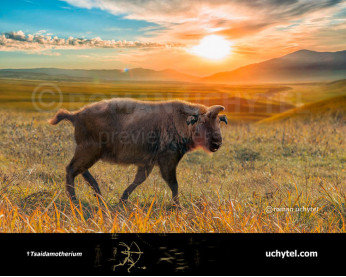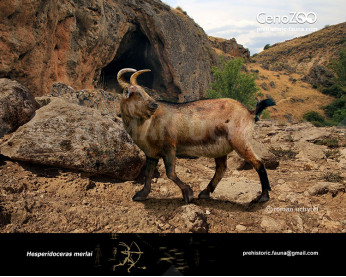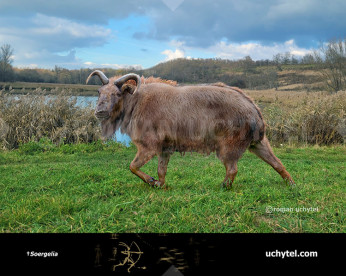Giant muskox (Praeovibos priscus)
202130202130Giant muskox (†Praeovibos (Staudinger, 1908))
Order: Artiodactyla
Family: Bovidae
Temporal range: during the early Pleistocene (Eurasia and North America)
Dimensions: length - 2,8 m, height - 130-165 сm, weight - 250-700 kg
A typical representative: †Praeovibos priscus
Praeovibos, also known as the giant muskox, is an extinct genus of bovid is closely related to the living muskox, and is placed as a part of the same tribe Ovibovini. Praeovibos priscus was widespread during the Pleistocene, ranging from western Europe to Alaska and the Northern Yukon Territory.
It was larger than the modern muskox with a shoulder height of 130–165 cm and longer, more massive limbs. The earliest fossils of the genus date to the Early Pleistocene, around 1.5 million years ago.
During the Glacial Periods giant muskox lived in the upland together with reindeer and other alpine animals. This species also lived in open wooded or savanna-like habitat, however in Spain and England it has been found living in moist, temperate forests. The youngest fossils date to the Last Glacial Period, less than 50,000 years ago.
Giant muskox (†Praeovibos (Staudinger, 1908))
Order: Artiodactyla
Family: Bovidae
Temporal range: during the early Pleistocene (Eurasia and North America)
Dimensions: length - 2,8 m, height - 130-165 сm, weight - 250-700 kg
A typical representative: †Praeovibos priscus
Praeovibos, also known as the giant muskox, is an extinct genus of bovid is closely related to the living muskox, and is placed as a part of the same tribe Ovibovini. Praeovibos priscus was widespread during the Pleistocene, ranging from western Europe to Alaska and the Northern Yukon Territory.
It was larger than the modern muskox with a shoulder height of 130–165 cm and longer, more massive limbs. The earliest fossils of the genus date to the Early Pleistocene, around 1.5 million years ago.
During the Glacial Periods giant muskox lived in the upland together with reindeer and other alpine animals. This species also lived in open wooded or savanna-like habitat, however in Spain and England it has been found living in moist, temperate forests. The youngest fossils date to the Last Glacial Period, less than 50,000 years ago.

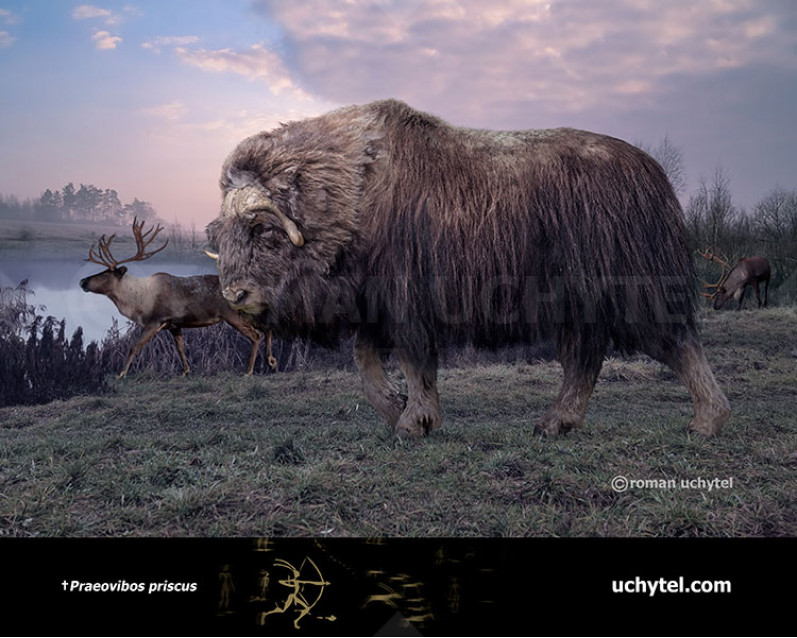
-797x638.jpg)


-70x56.jpg)

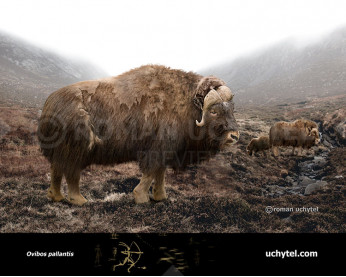
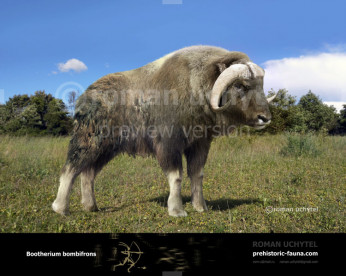
-346x277.jpg)
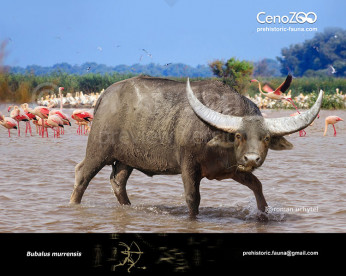
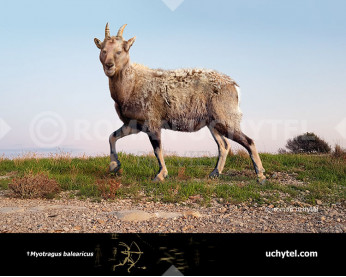
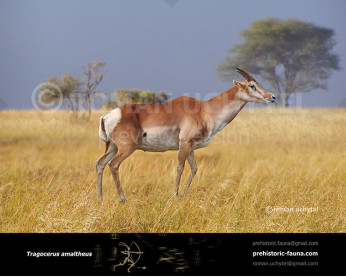
-346x277.jpg)
